短语动词是指由主动词和助词组成的动词,它们合在一起构成一个词义(例如,你寻找丢失的东西;一个成年人照顾孩子)。在听和读英语的过程中,你会遇到大量的短语动词,因此了解它们的含义和用法非常重要。英语中有超过 5,000 个短语动词,但《英语短语动词应用》系列丛书专注于日常英语口语和书面交流所需的短语动词。
每本书都提供大约 1,000 个短语动词的讲解和练习,并提供两个级别:中级(B1-B2)和高级(C1-C2)。非常适合自学和课堂活动。
《English Phrasal Verbs in Use》英语短语动词在用 – 完全指南
1. 丛书简介
由剑桥大学出版社推出的经典英语短语动词学习用书,专为非英语母语学习者设计。该系列通过系统化教学帮助学习者掌握英语中最重要也最令人困惑的语言现象——短语动词(如”look up”、”put off”等)。
2. 版本区分
-
中级版(红皮):适合B1-B2水平,涵盖1000+常用短语动词
-
高级版(蓝皮):适合C1-C2水平,包含1500+高阶短语动词
3. 核心特色
-
科学分类体系
-
按主题分类(如人际关系、工作场景、日常生活)
-
按动词分类(如”get”相关短语动词)
-
按小品词分类(如”up”结尾的短语动词)
-
-
真实语境教学
-
每个短语动词都配有多个真实场景例句
-
包含对话、邮件、新闻报道等多种文体实例
-
-
常见错误警示
-
特别标注中国学习者易犯错误
-
辨析形近短语动词(如”turn up” vs “turn down”)
-
4. 内容结构
每个单元(共70单元)包含:
-
讲解页:清晰定义+3-5个例句+使用注意
-
练习页:填空、改错、情景应用等多样化题型
-
复习单元:每5单元设置综合复习
5. 学习价值
-
应试必备
-
覆盖雅思、托福等考试高频短语动词
-
特别提升听力口语部分的反应速度
-
-
职场应用
-
商务会议:bring up a point(提出观点)
-
工作邮件:follow up on(跟进)
-
-
日常交流
-
社交:hit it off(合得来)
-
生活:run out of(用完)
-
6. 高效学习法
-
主题学习法:每周专注一个主题(如”工作场景”)
-
三色标记法:
-
红色:必须掌握的核型短语
-
蓝色:同义替换短语
-
绿色:个人易错点
-
-
情景应用法:学完立即造句或编对话
7. 配套资源
-
免费在线音频(剑桥官网下载)
-
互动练习APP(iOS/Android)
-
教师用书(含课堂活动建议)
8. 用户评价
“使用3个月后,我能听懂90%的英语剧集对话了!” —— 亚马逊五星评价
“终于搞清了’put up with’和’put up’的区别” —— 豆瓣读者反馈
第二版包含两个新单元,并更新了设计和内容。
英语短语动词运用 第二版
作者
Michael McCarthy 和 Felicity O’Dell
级别
2
CEFR 级别
B1-C2(中级至高级)
查看样题
主要特点:
通过通俗易懂的讲解和练习,提升您对短语动词及其用法的了解。
结合上下文学习短语动词,涵盖众多不同主题,包括中级的“移动设备”、“学术写作”和“社交”,以及高级的“讲座和研讨会”、“同意”和“社交生活”。
得益于剑桥大学对英语实际口语和书写方式的研究,让您对所学内容充满信心。
通过学习技巧、后续任务和易于使用的答案,提高自学能力。
English Phrasal Verbs in Use – Master Essential Verb Phrases
Publisher: Cambridge University Press
Levels:
-
Intermediate (B1-B2) – Red cover
-
Advanced (C1-C2) – Blue cover
1. Why Learn Phrasal Verbs?
Phrasal verbs (verb + particle combinations like give up or turn down) are essential for natural English. They:
✔ Appear constantly in daily conversations
✔ Often have meanings different from their root verbs
✔ Are challenging for learners but hugely impactful
2. Key Features
✅ Thematic Organization – Grouped by topics (relationships, work, travel)
✅ Contextual Learning – Taught through dialogues, emails, stories
✅ Common Mistakes Highlighted – Warns against incorrect usage
✅ Variety of Exercises – From fill-in-the-blanks to creative writing
3. Book Structure
Each Unit Contains:
A. Phrasal Verb Presentation
-
Clear definitions + multiple examples
-
Notes on formality (split up vs separate)
-
Illustrations for visual learners
B. Practice Activities
-
Matching exercises
-
Conversation prompts
-
Real-world application tasks
C. Review Sections
-
Crossword puzzles
-
Progress checks
-
Answer key for self-study
4. Special Learning Tools
1. Particle Guide
Explains how particles change meanings:
-
Up often indicates completion (eat up, fill up)
-
Out can suggest distribution (hand out, share out)
2. Business vs Casual Usage
-
Professional: follow up on a lead
-
Informal: hang out with friends
3. Tricky Pairs
-
Make up (invent) vs make up (reconcile)
-
Take after (resemble) vs take off (remove)
5. Edition Comparison
| Feature | Intermediate | Advanced |
|---|---|---|
| Verb Complexity | Common (get along) | Nuanced (pin down) |
| Context Depth | Everyday situations | Abstract concepts |
| Special Focus | Social interactions | Professional/technical usage |
6. Practical Applications
For Daily Life:
-
Pick up groceries
-
Put off a meeting
For Work:
-
Carry out research
-
Bring up in a discussion
For Travel:
-
Check in at a hotel
-
Set off on a journey
7. Study Tips
-
Learn in Groups – Study phrasal verbs by particle (up, off)
-
Create Flashcards – Include example sentences
-
Practice Daily – Use 1 new phrasal verb each day
8. Supplementary Resources
• Cambridge Phrasal Verbs Dictionary
• Language Learning Apps (Quizlet, Anki)
• YouTube Channels – “BBC Learning English”
Why This Book is Unique
-
Real-World Focus – Teaches how natives actually speak
-
Memory Tricks – Helps retain tricky verb combinations
-
Comprehensive Coverage – 1,000+ phrasal verbs across editions
User Feedback:
“Finally understand why my ‘turn on the light’ sounded strange – natives say ‘put on the light’!” – ESL Forum

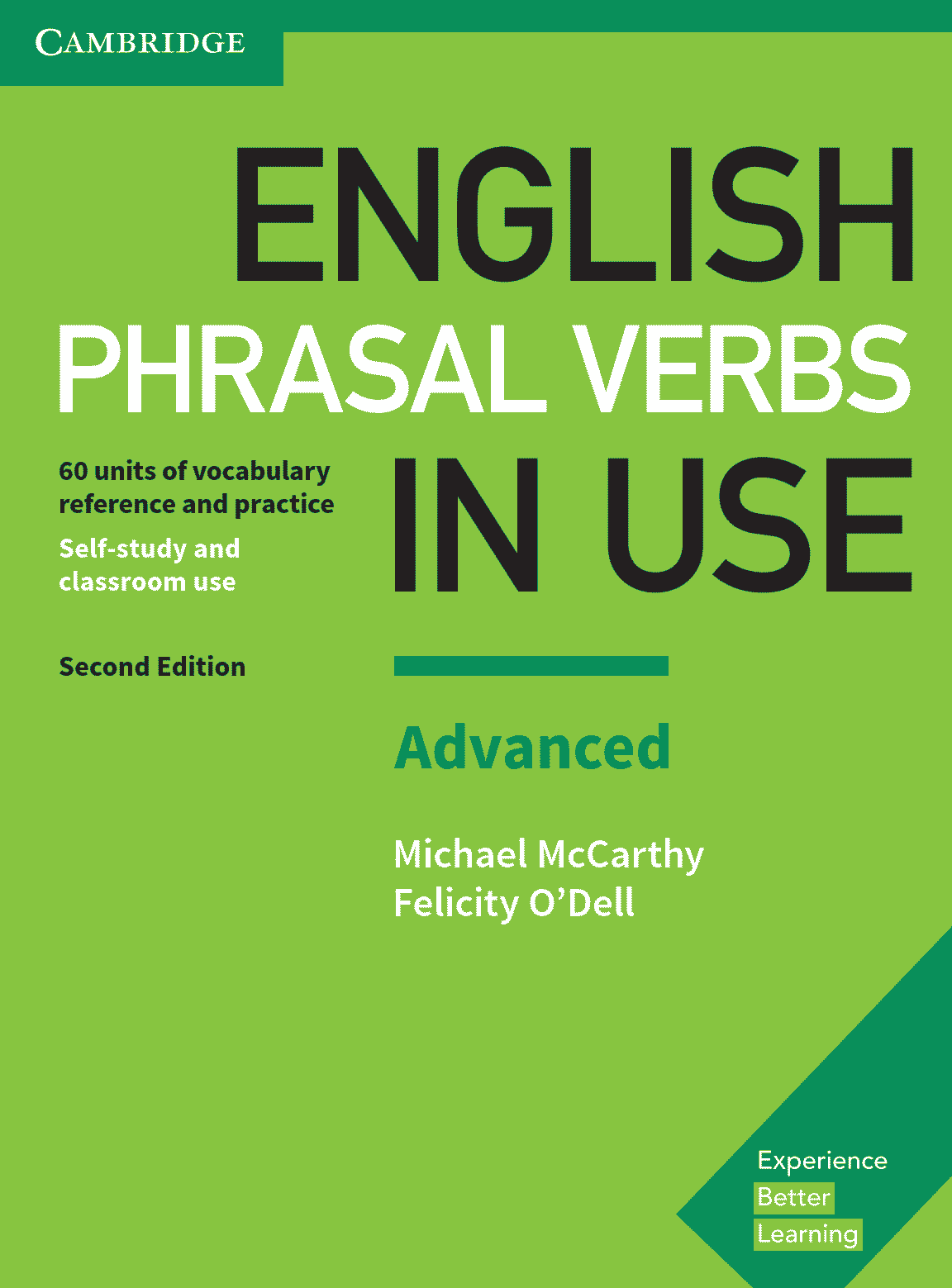
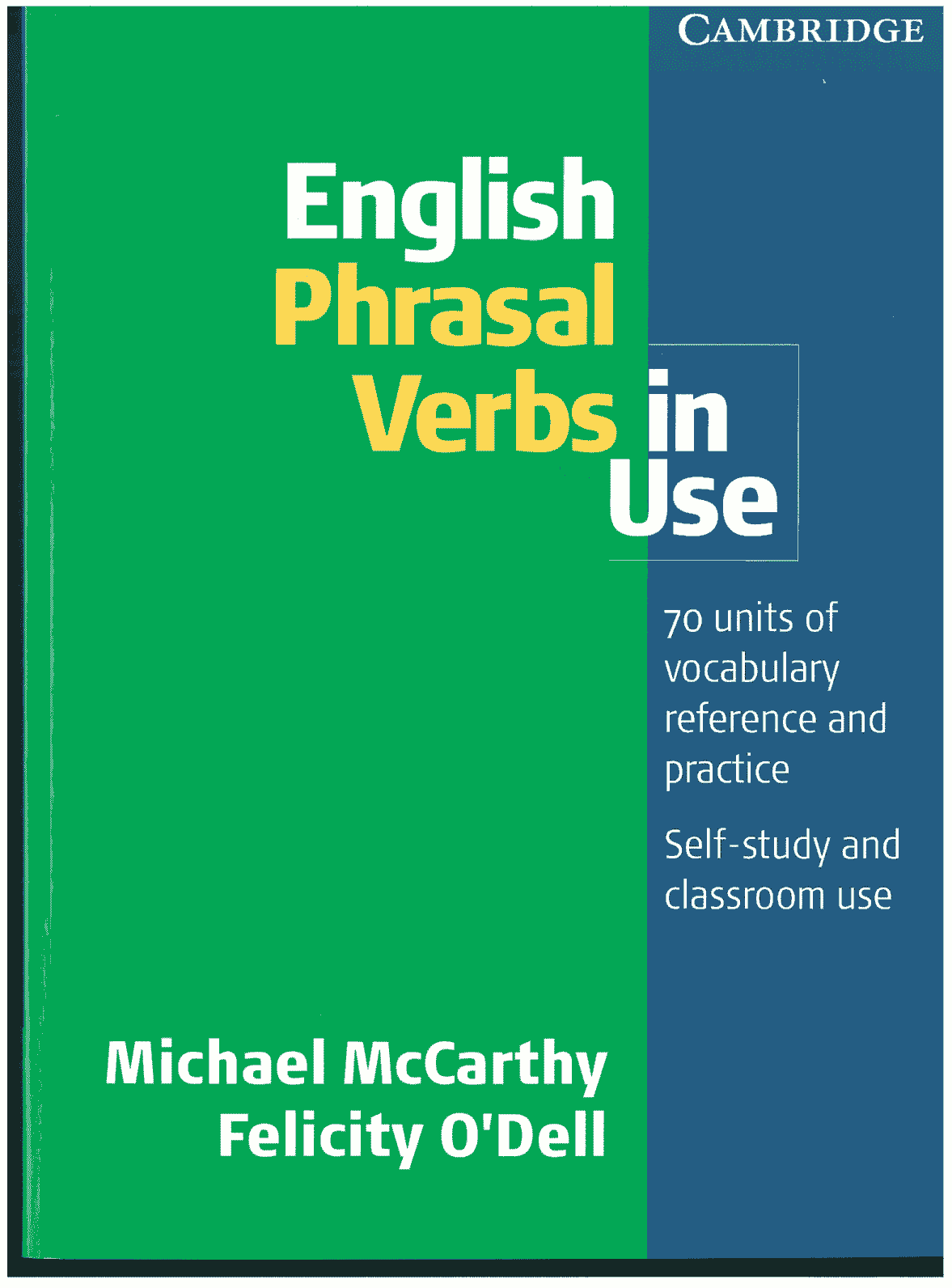
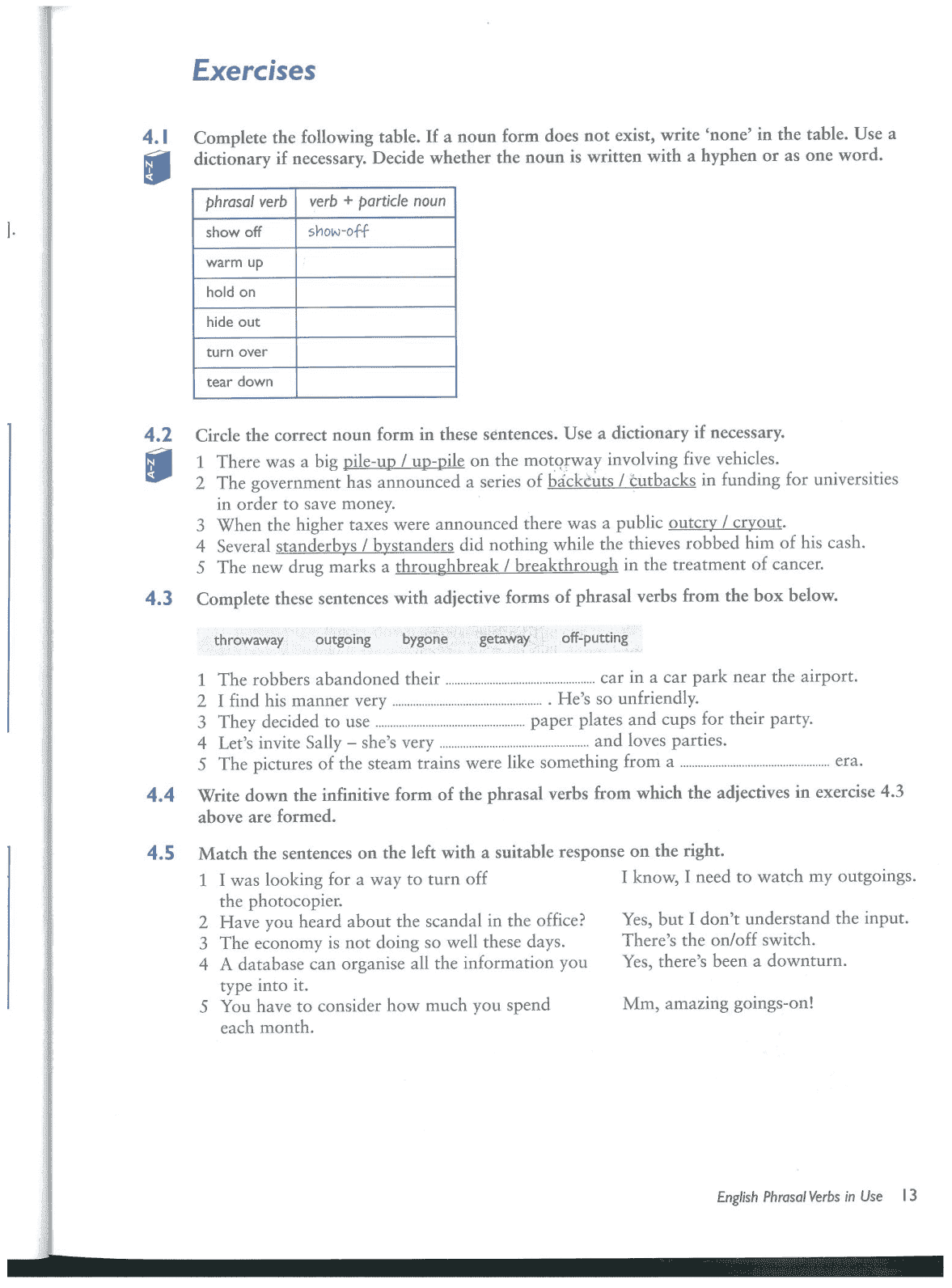
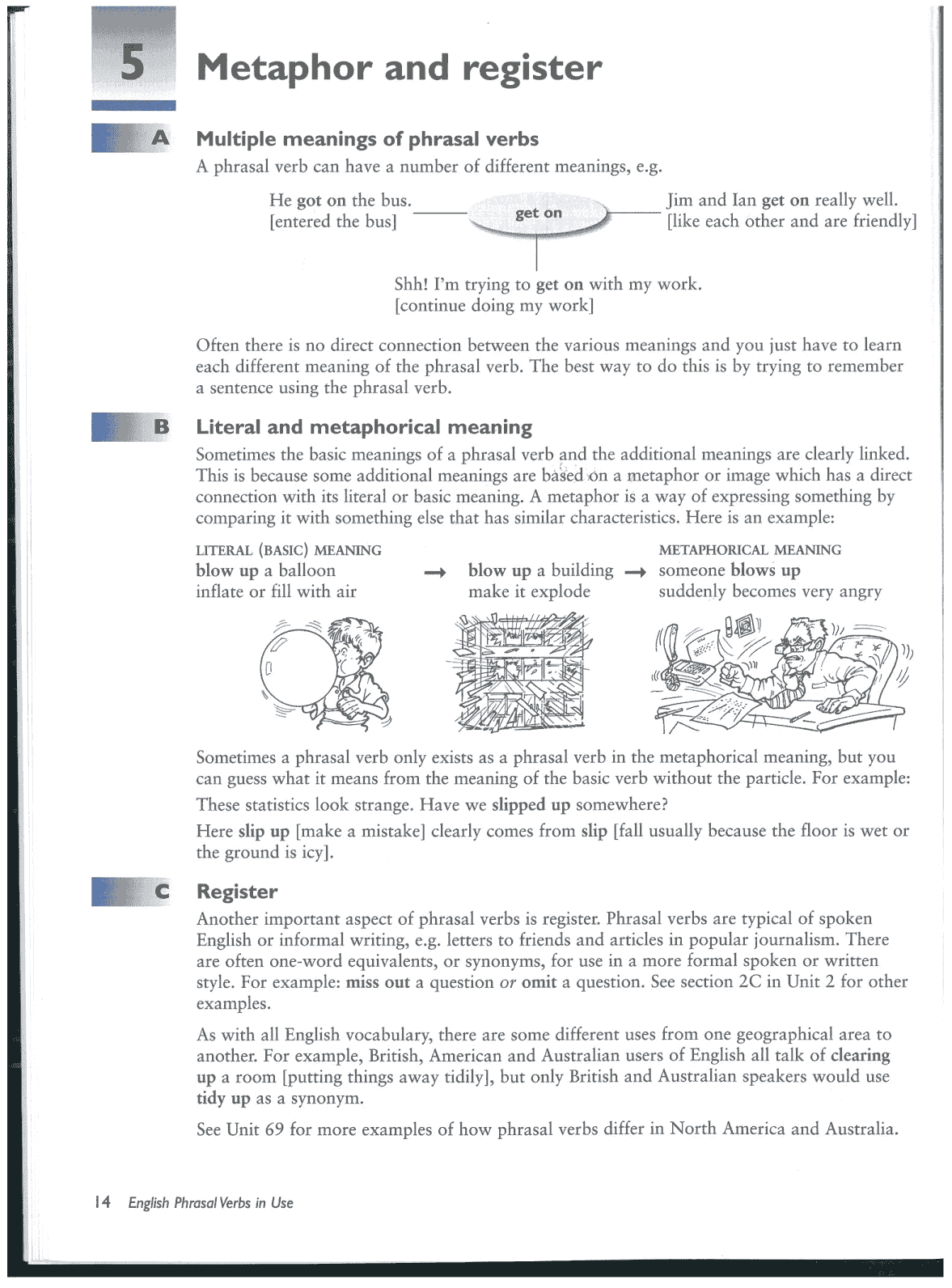
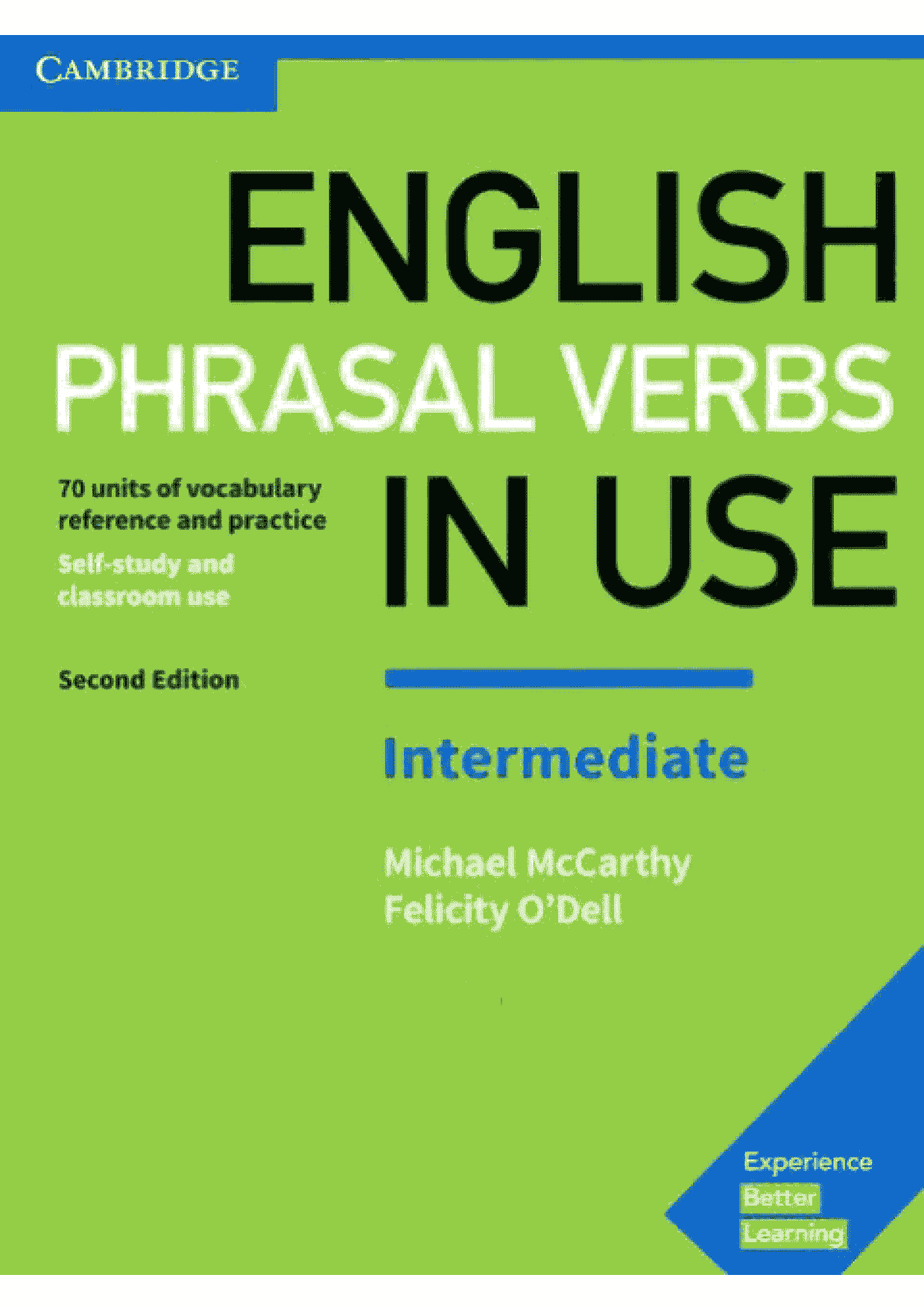
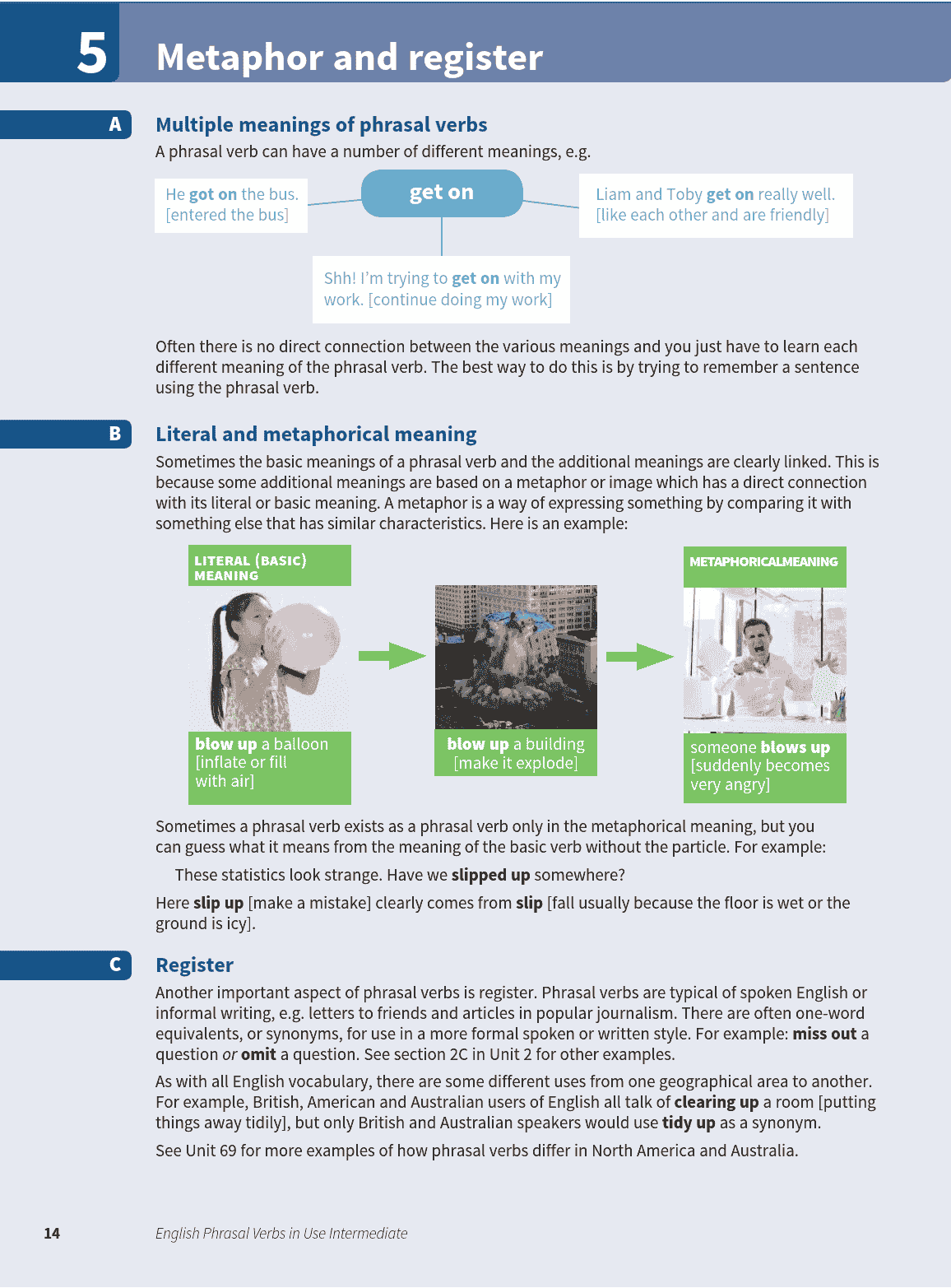
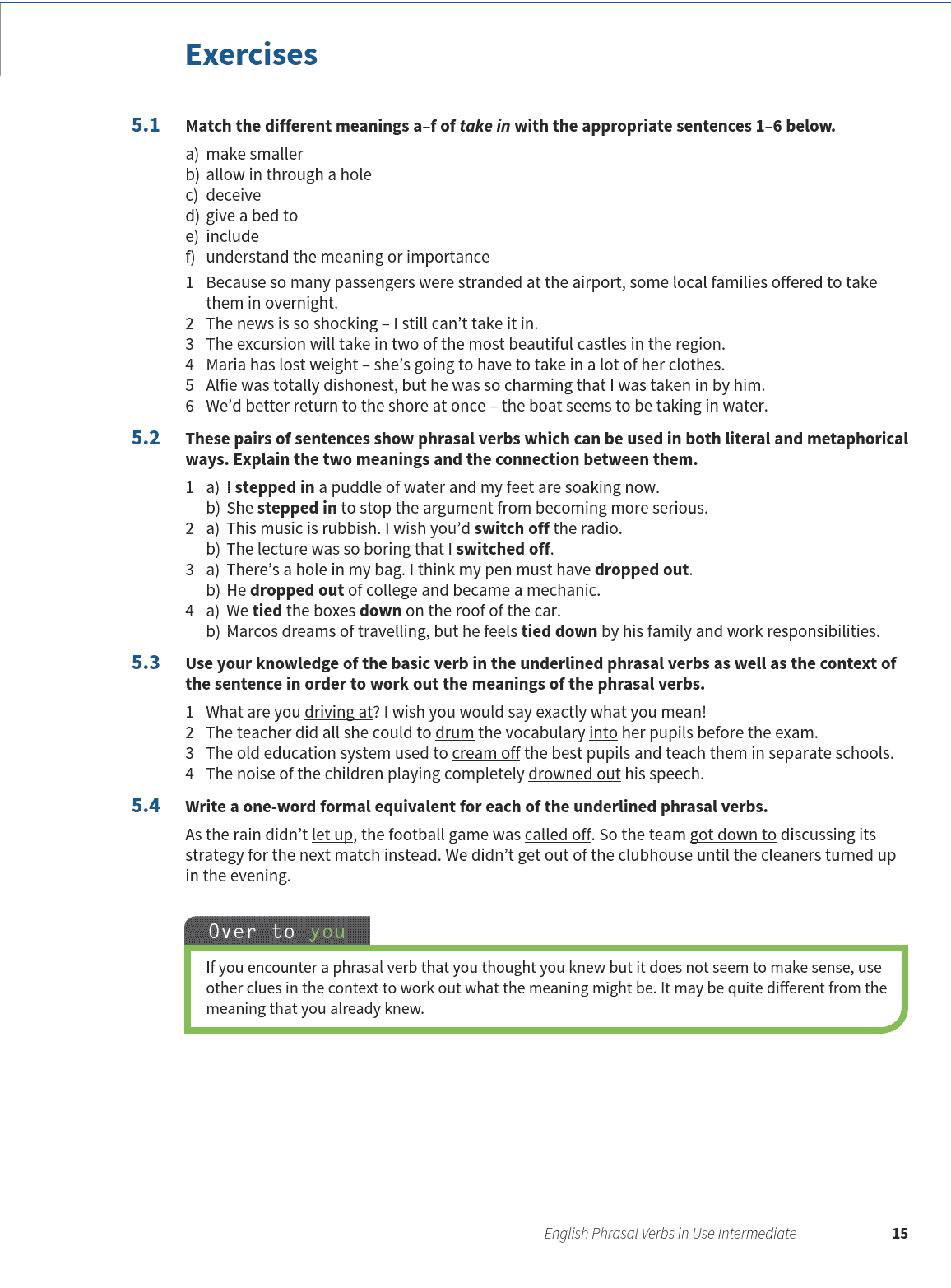
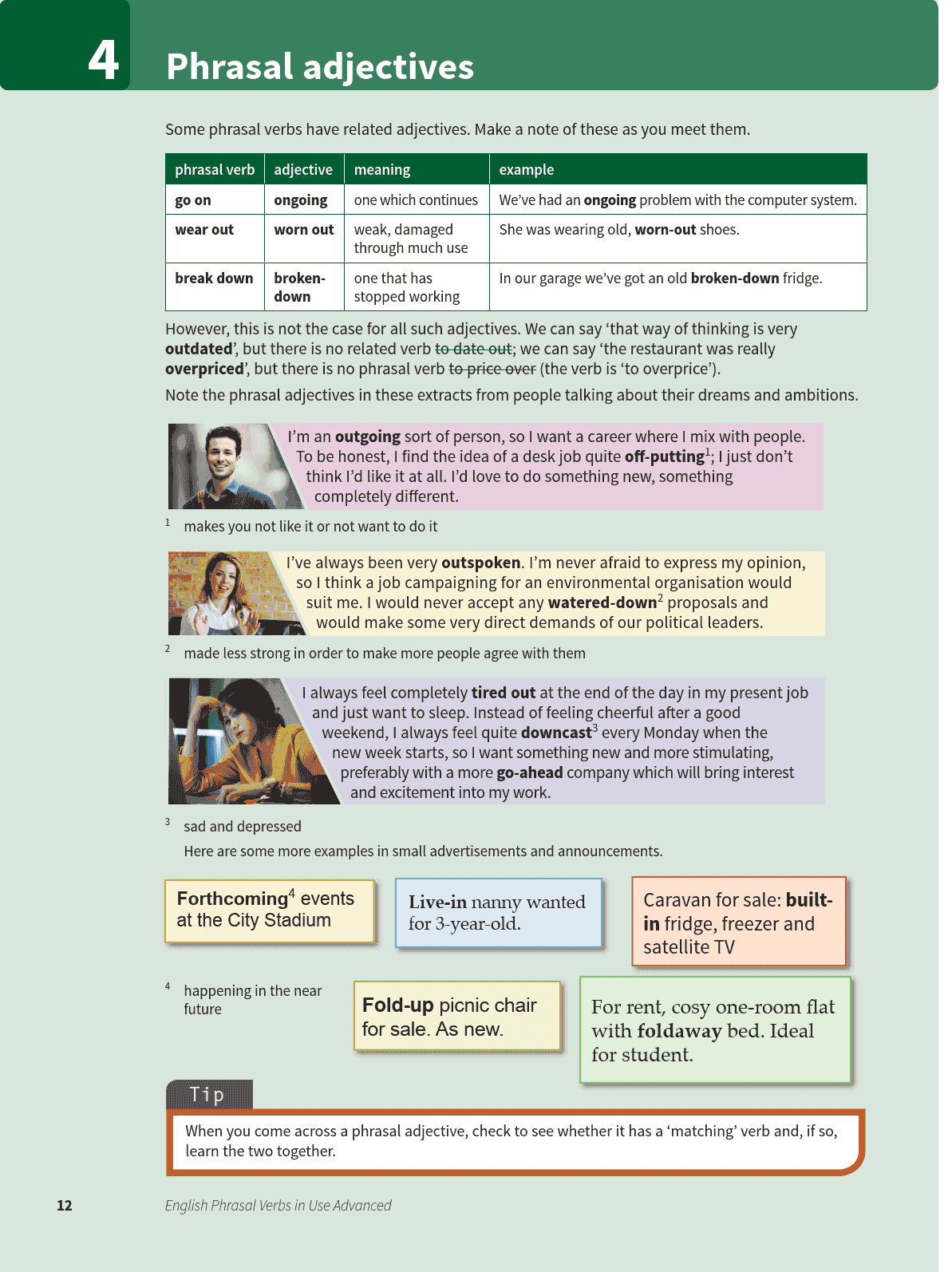

评论(0)